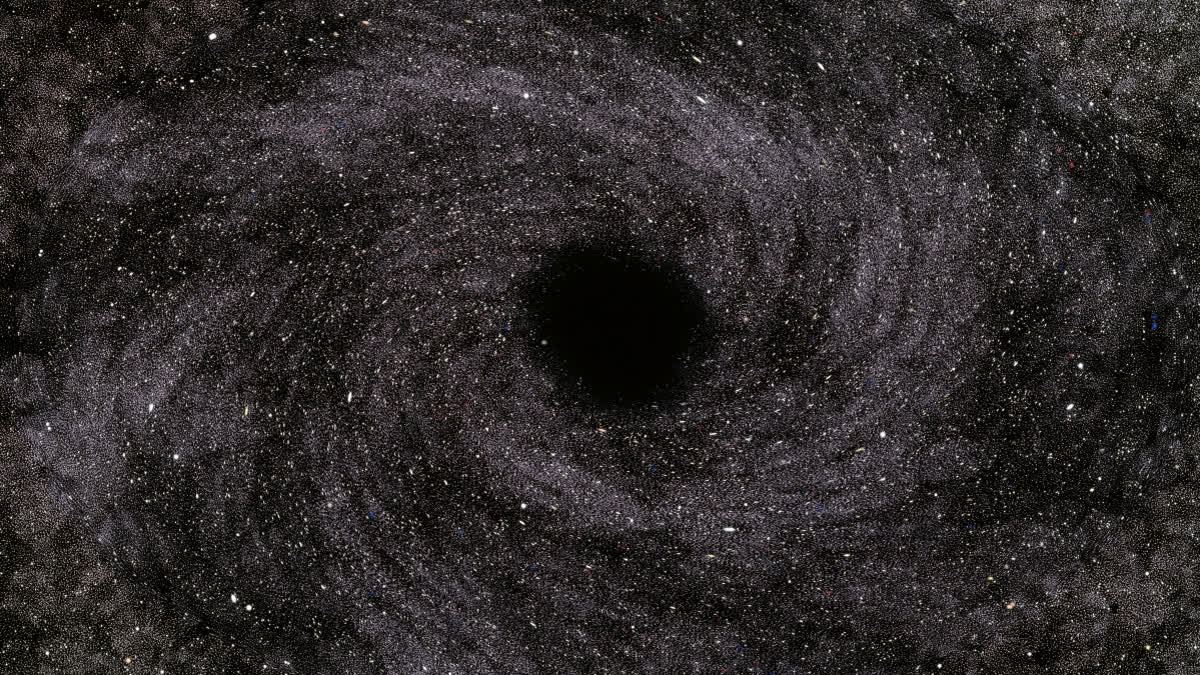New Delhi:Scientists have mapped about 1.3 million of active supermassive black holes in three dimensions, depicting the "largest-ever volume of the universe".
As the gravitational pull of these black holes living at the centres of galaxies "gobbles up" nearby gas, the process generates extremely bright disks - called quasars - and sometimes jets of light that telescopes can observe. The team of scientists, led by New York University in the US, said that the map could help understand dark matter better, as the galaxies hosting these quasars are surrounded by "massive halos" of the invisible matter exerting gravity, but not colliding with particles.
As the light of these quasars reach us, it is bent by the intervening web of dark matter - the same web mapped out by the quasars. Thus, by comparing the map with the oldest light in our cosmos, we can measure how strongly matter clumps together, the researchers explained. The quasar map is described in a paper in The Astrophysical Journal.
"We were able to make measurements of how matter clusters together in the early universe that are as precise as some of those from major international survey projects - which is quite remarkable given that we got our data as a 'bonus' from the Milky Way-focused Gaia project," said lead author Kate Storey-Fisher from the Department of Physics, New York University.
